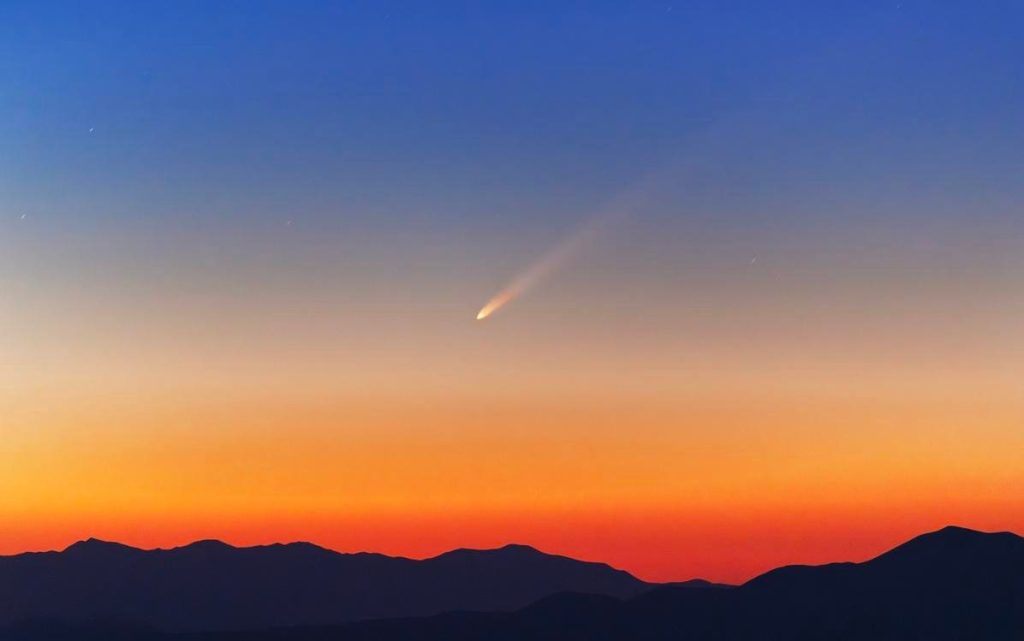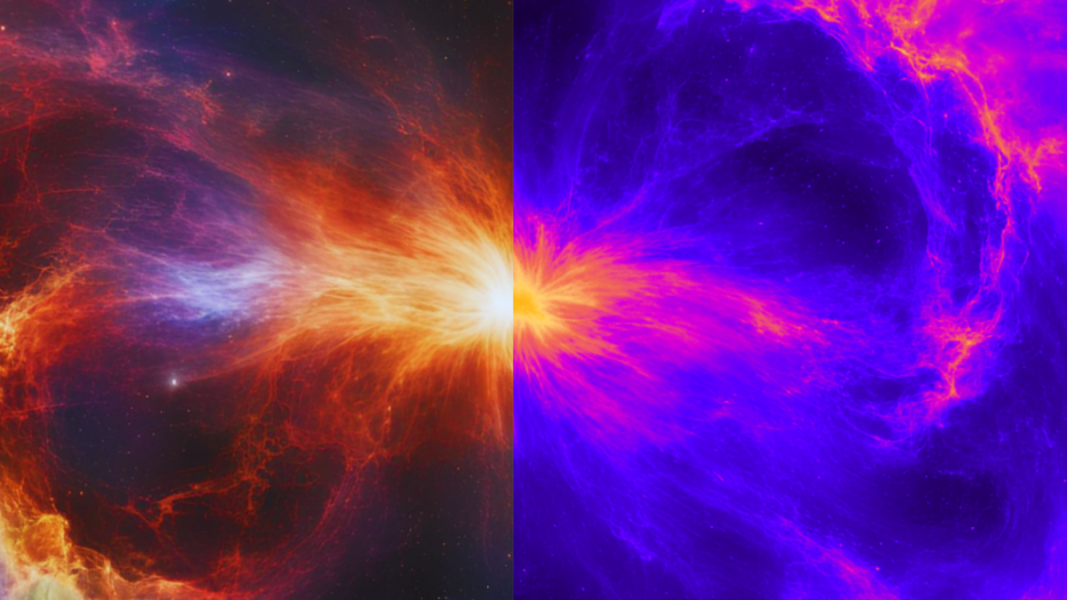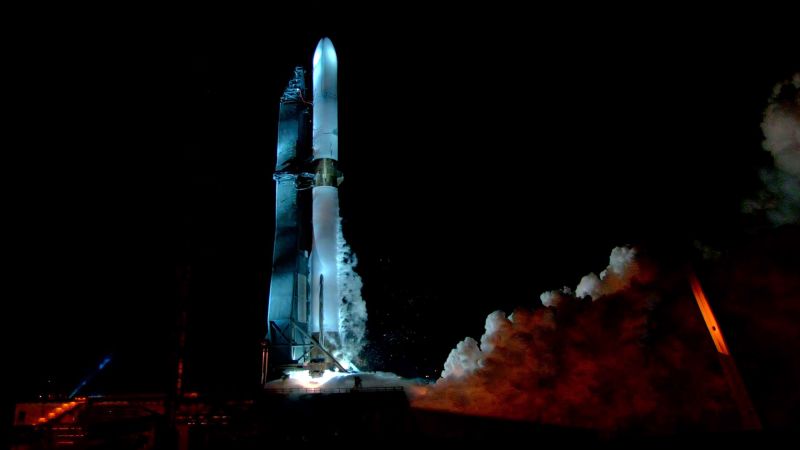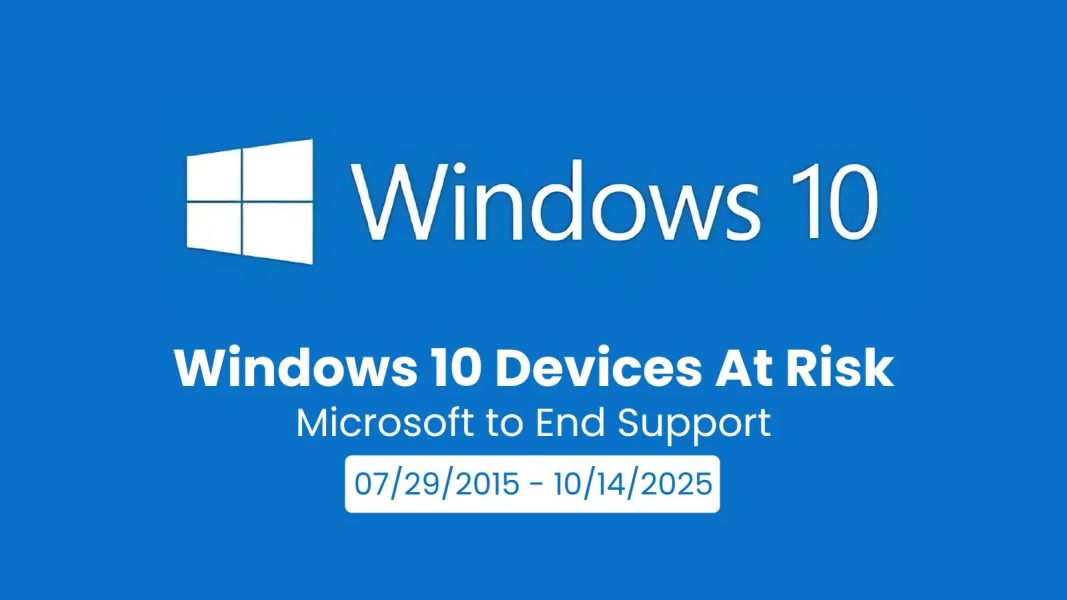The Truth About The ‘New Year Comet’ ATLAS G3 – Forbes

How comet ATLAS G3 will differ from October 2024’s comet C/2023 A3 Tsuchinshan-Atlas. Will there be a bright naked-eye comet to begin 2025? It’s possible — but the reality likely won’t match the hype around the so-called “New Year comet,” also called comet ATLAS (C/2024 G3).While potentially bright — and soon — comet ATLAS G3 will primarily (and only briefly) be visible only to observers in the Southern Hemisphere, according to astronomers.Here’s what you need to know about this cosmic snowball from the outer solar system — and why it’s probably not the dazzling spectacle some might expect.Comet ATLAS (C/2024 G3) is set to reach perihelion — its closest point to the Sun — on Jan. 13, 2025. On that date, it will come within just 8.3 million miles (13.5 million kilometers) of the sun. That’s less than a third of Mercury’s average distance from the sun.Jan. 13 will also see comet ATLAS G3’s closest approach to Earth, potentially shining as brightly as magnitude -4.5. That could rival Venus in the night sky.Despite these promising details, there’s a catch. The comet’s position in the constellation Sagittarius means it will be visible only from the Southern Hemisphere after sunset. Northern Hemisphere observers likely won’t get a chance to see Comet ATLAS G3 due to its trajectory and low position in the sky.C/2024 G3’s close pass to the sun significantly challenges its survival. On Dec. 24, 2024, NASA’s Parker Solar Probe reached just 3.86 million miles (6.1 million kilometers) from the sun’s surface. It survived, but only thanks to some incredible thermal armor.The intense heat and gravitational forces At 8.3 million miles (13.5 million kilometers) of the sun could cause the comet to disintegrate before it becomes visible in the evening sky. If it does survive, it should be a pretty object in the evenings after Jan. 13 — but only from the Southern Hemisphere.Even for seasoned skywatchers in the Southern Hemisphere, the timing of comet G3’s perihelion could pose challenges on Jan. 13. , a bright, full “Cold Moon” will rise in the east, directly opposite the comet in the west. The moonlight will reduce contrast and make spotting the comet more difficult. However, conditions will gradually improve in the days following the full moon as our natural satellite rises later each evening.While C/2024 G3 might struggle to live up to the hype — and be impossible to see from the Northern Hemisphere — comet enthusiasts can hardly complain. In October 2024, comet C/2023 A3 (Tsuchinshan–ATLAS) became visible to the naked eye to those away from light pollution and through binoculars and telescopes to everyone before it faded away in November. In 2020, comet NEOWISE (C/2020 F3) — known as the “lockdown comet” — wowed observers in the Northern Hemisphere with its bright nucleus and long tail.Discovered on Apr. 5, 2024, by the ATLAS (Asteroid Terrestrial-impact Last Alert System) network of telescopes, C/2024 G3 comes from the Oort Cloud, a sphere of comets around the solar system.Comet ATLAS G3 is thought to orbit the sun every 160,000 years, making it a very long-period comet.Wishing you clear skies and wide eyes. One Community. Many Voices. Create a free account to share your thoughts. Our community is about connecting people through open and thoughtful conversations. We want our readers to share their views and exchange ideas and facts in a safe space.In order to do so, please follow the posting rules in our site’s Terms of Service. We’ve summarized some of those key rules below. Simply put, keep it civil.Your post will be rejected if we notice that it seems to contain:User accounts will be blocked if we notice or believe that users are engaged in:So, how can you be a power user?Thanks for reading our community guidelines. Please read the full list of posting rules found in our site’s Terms of Service.






